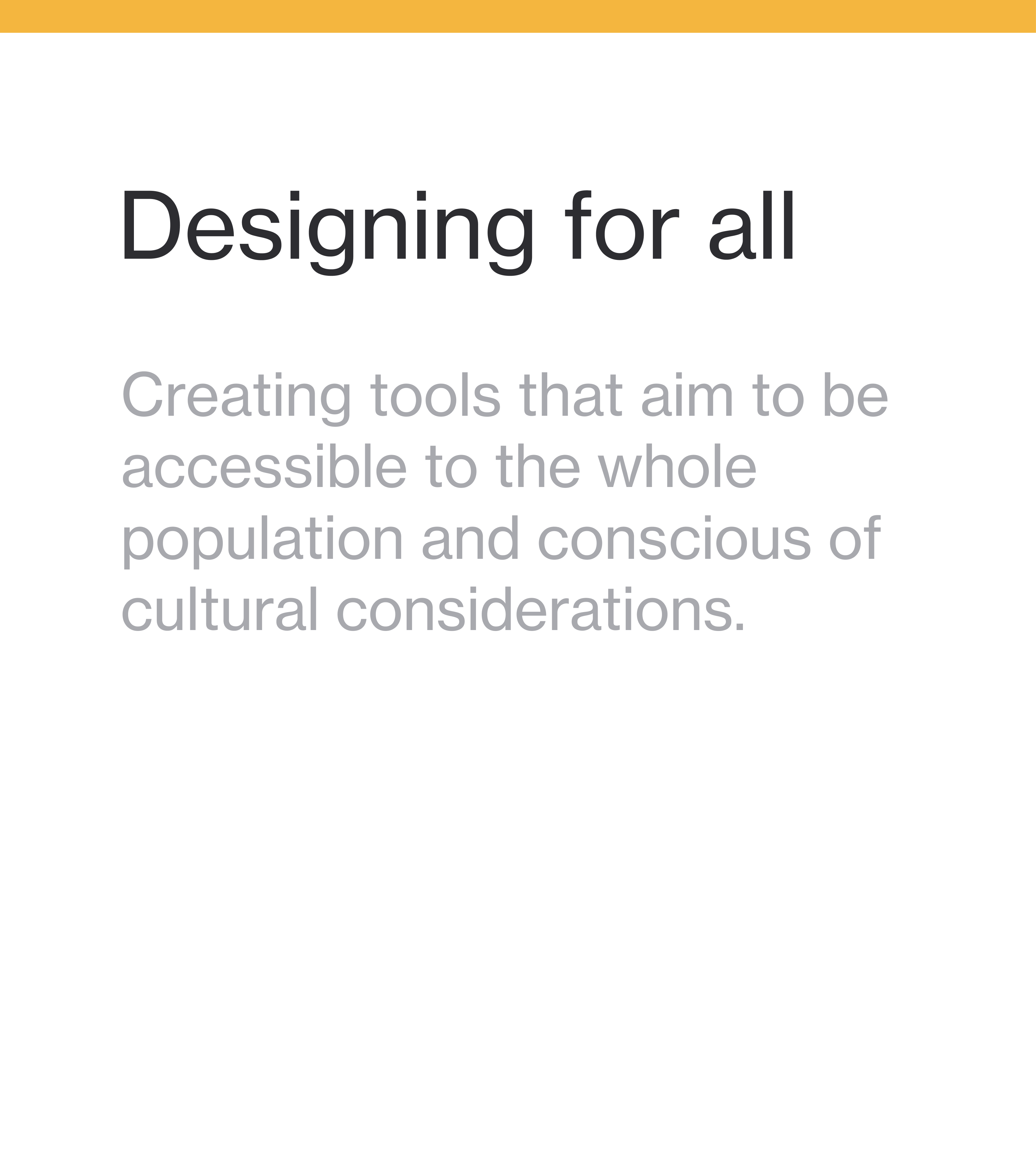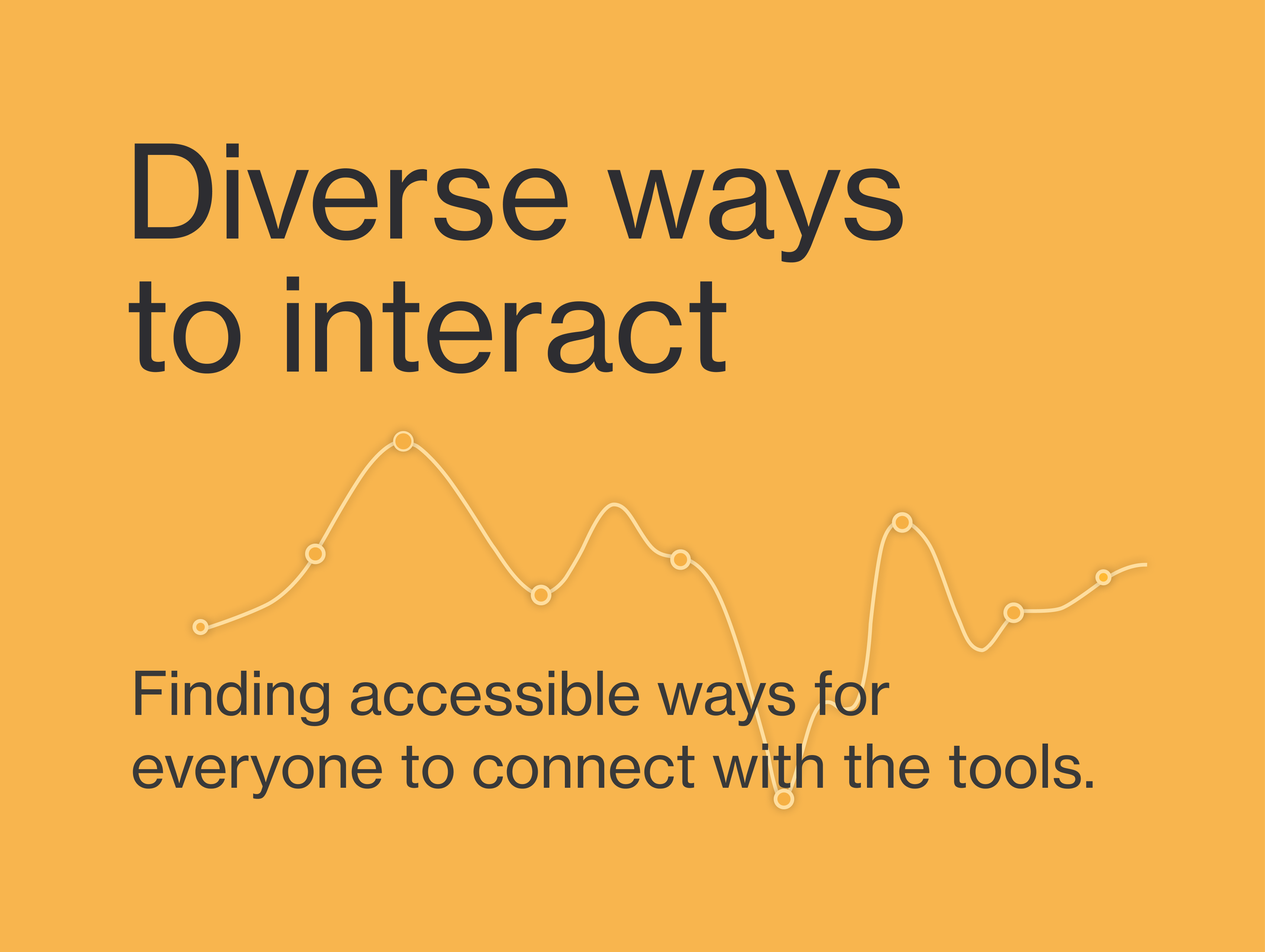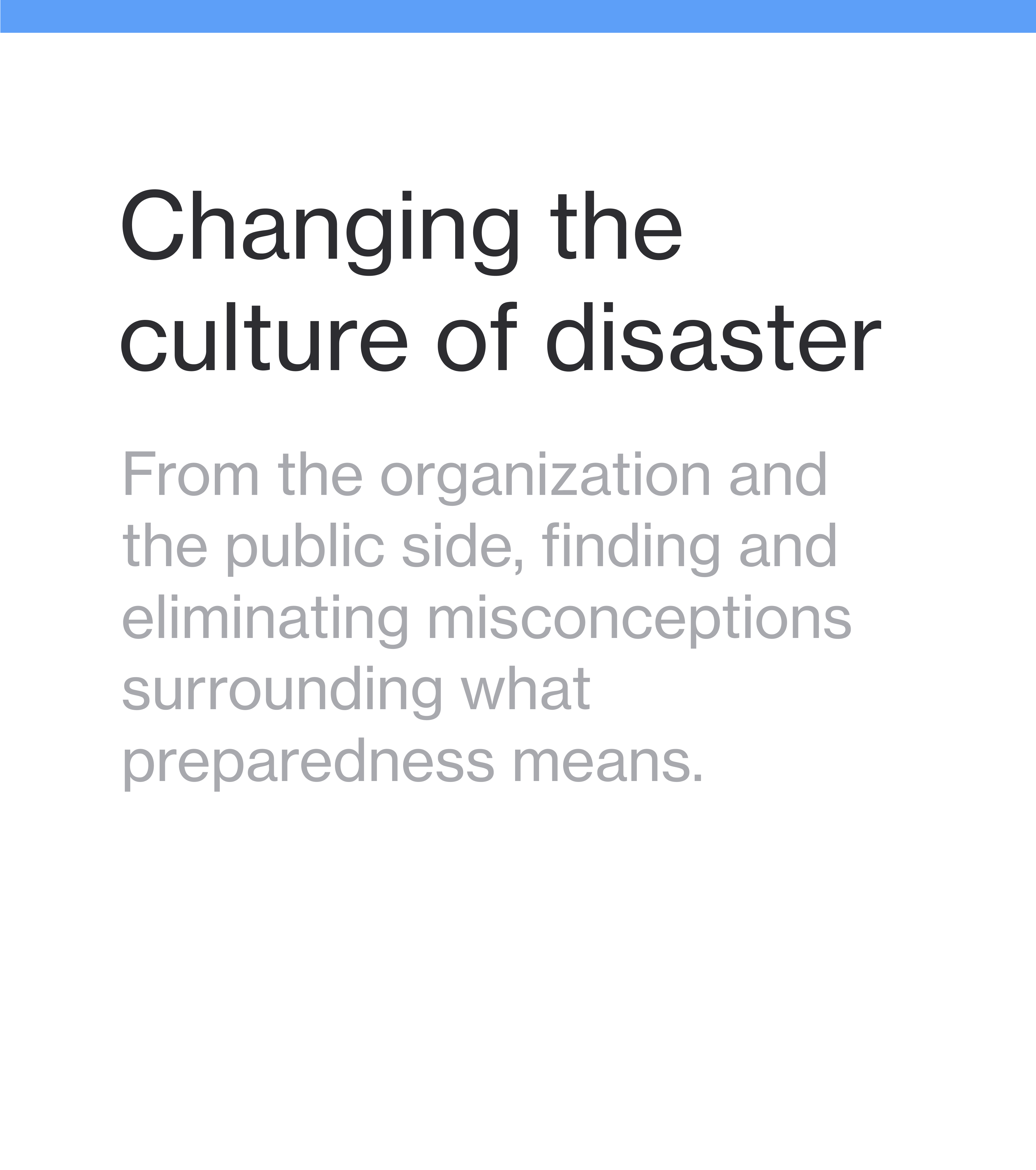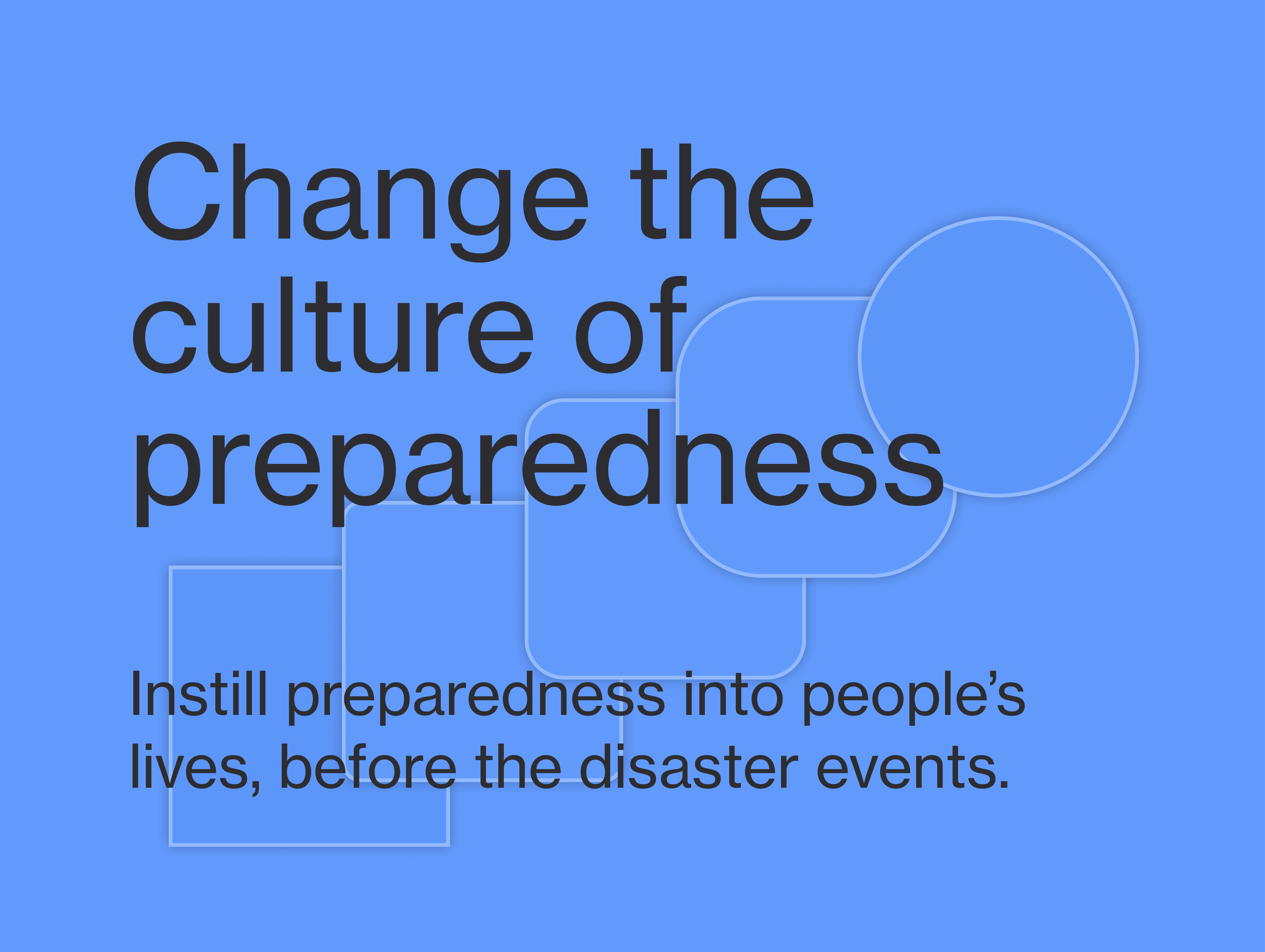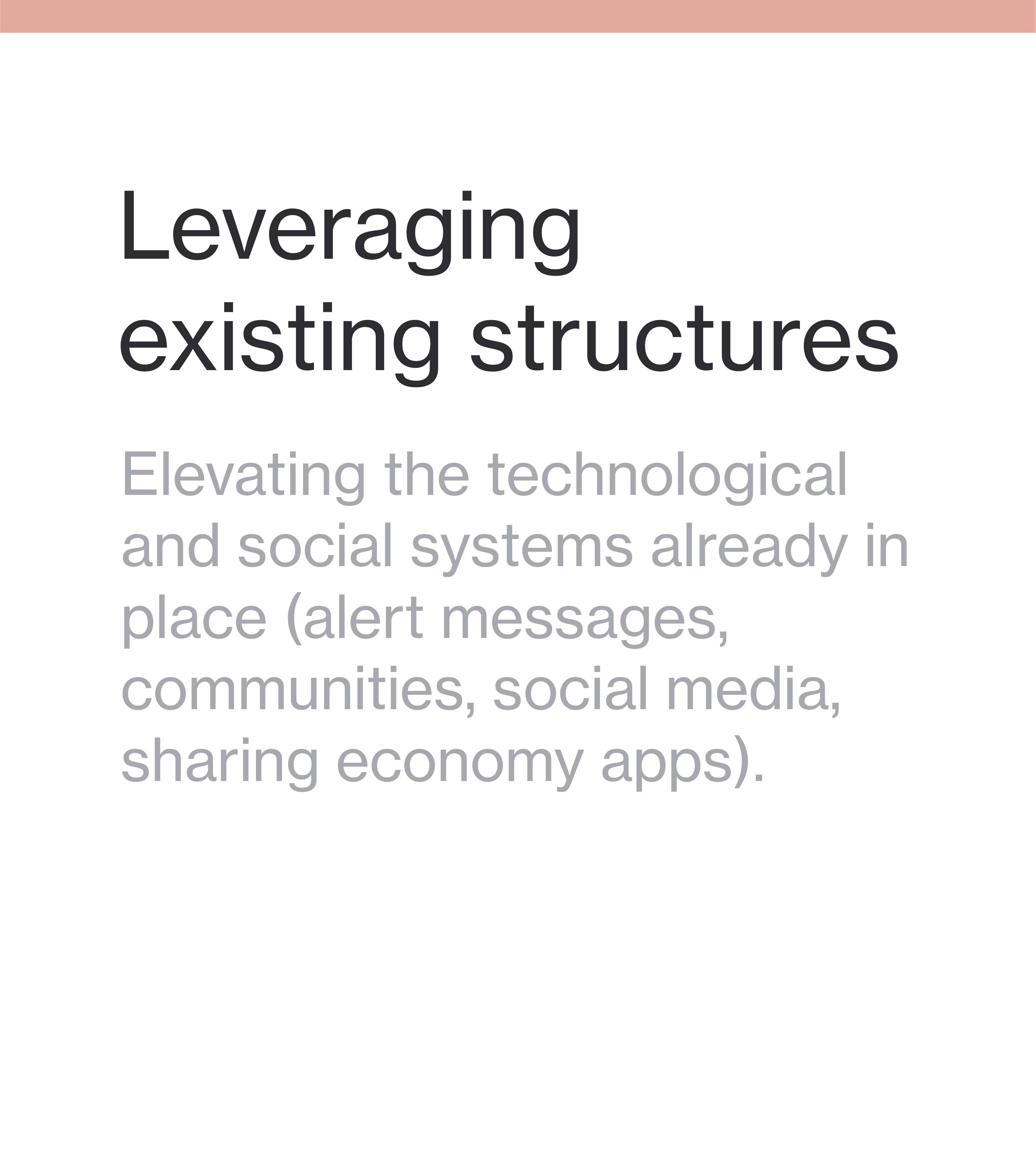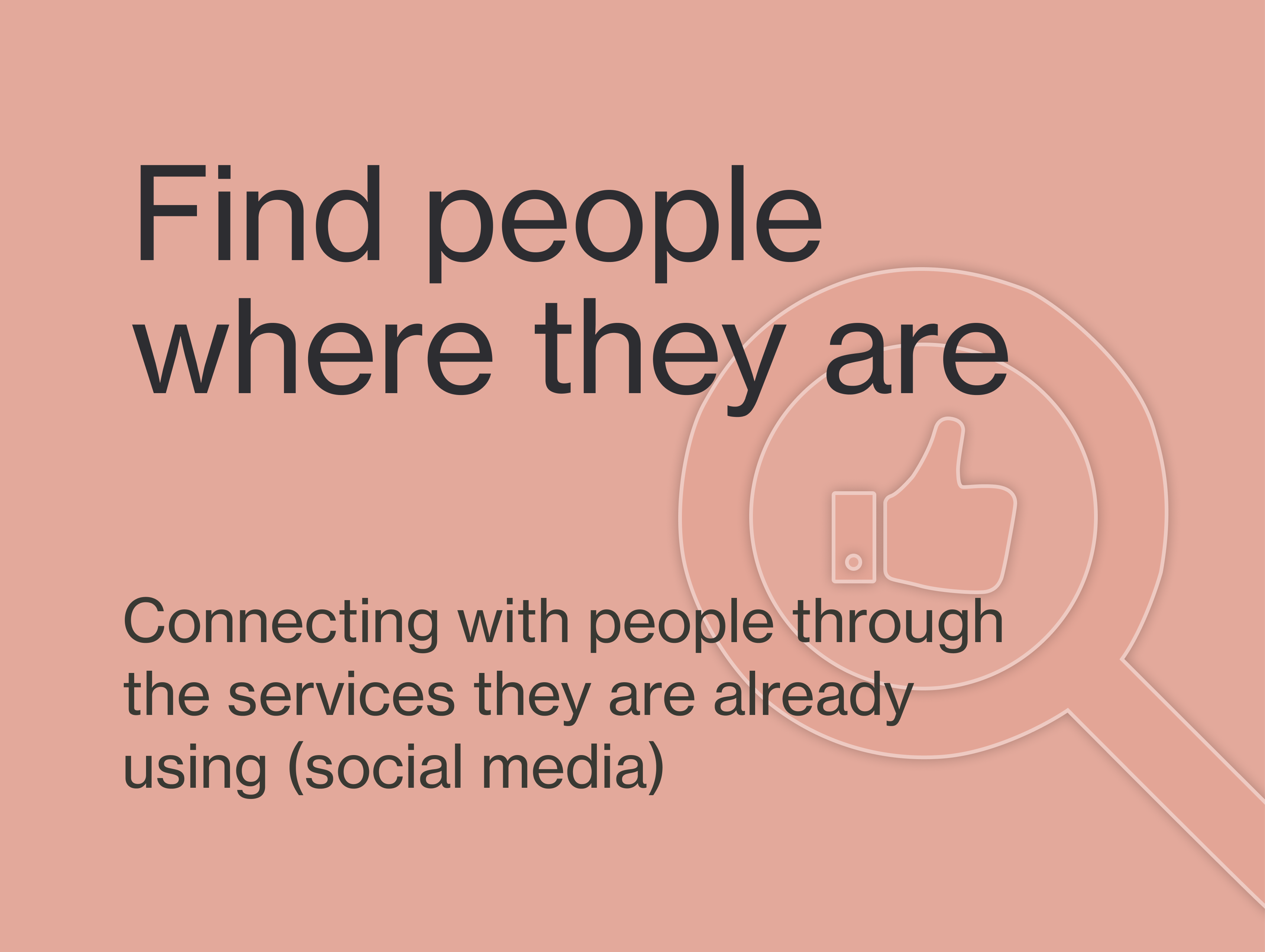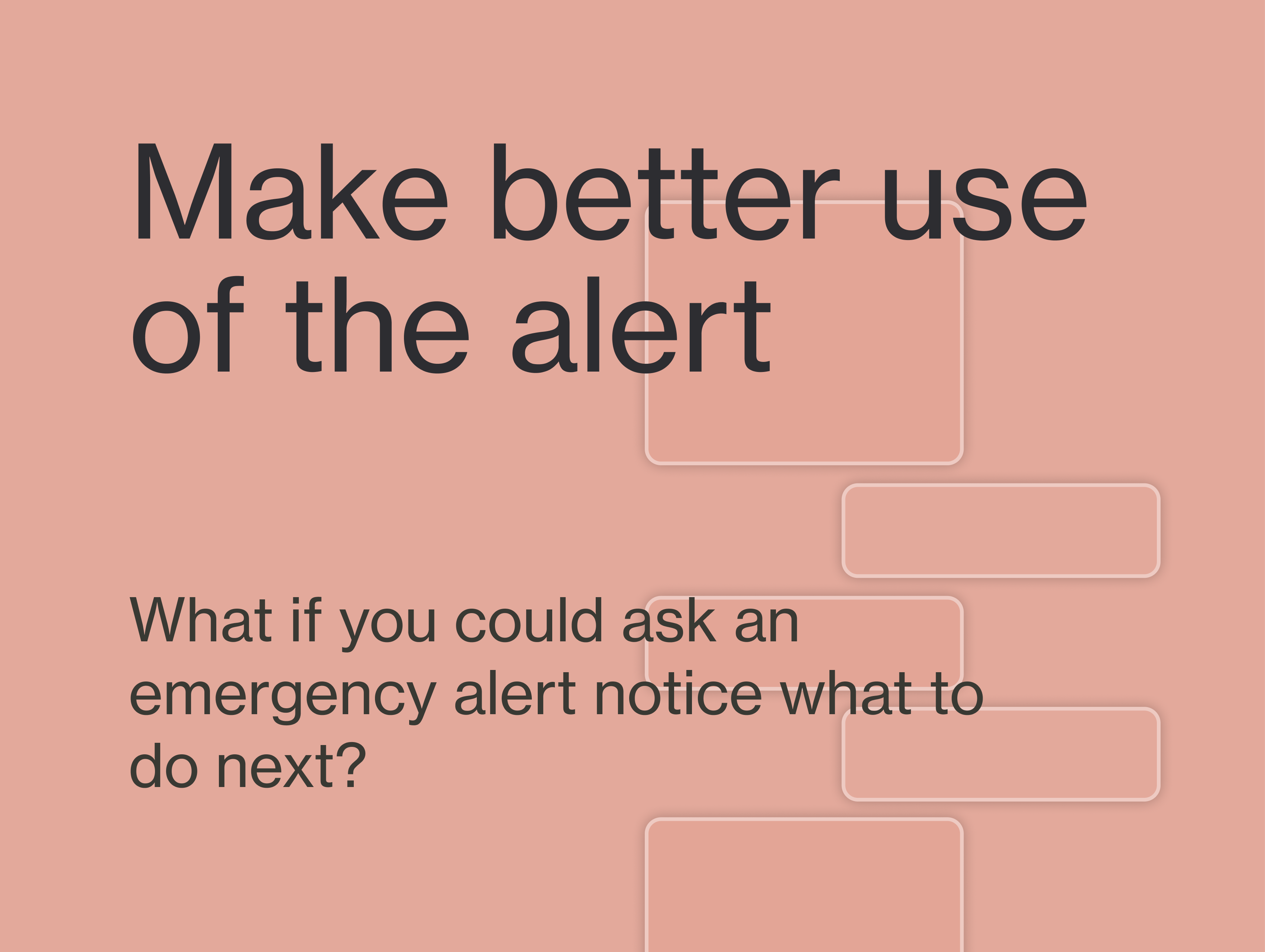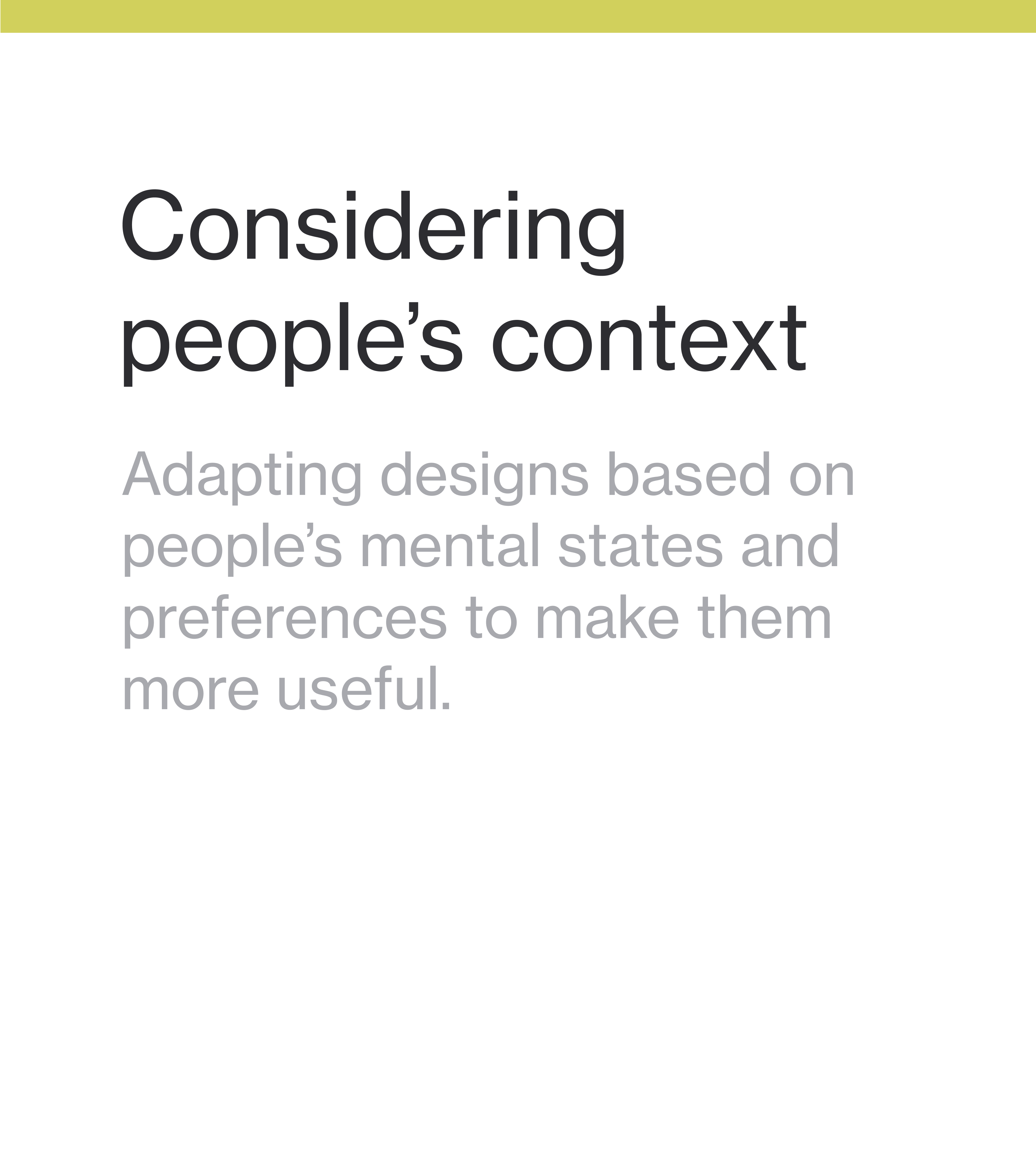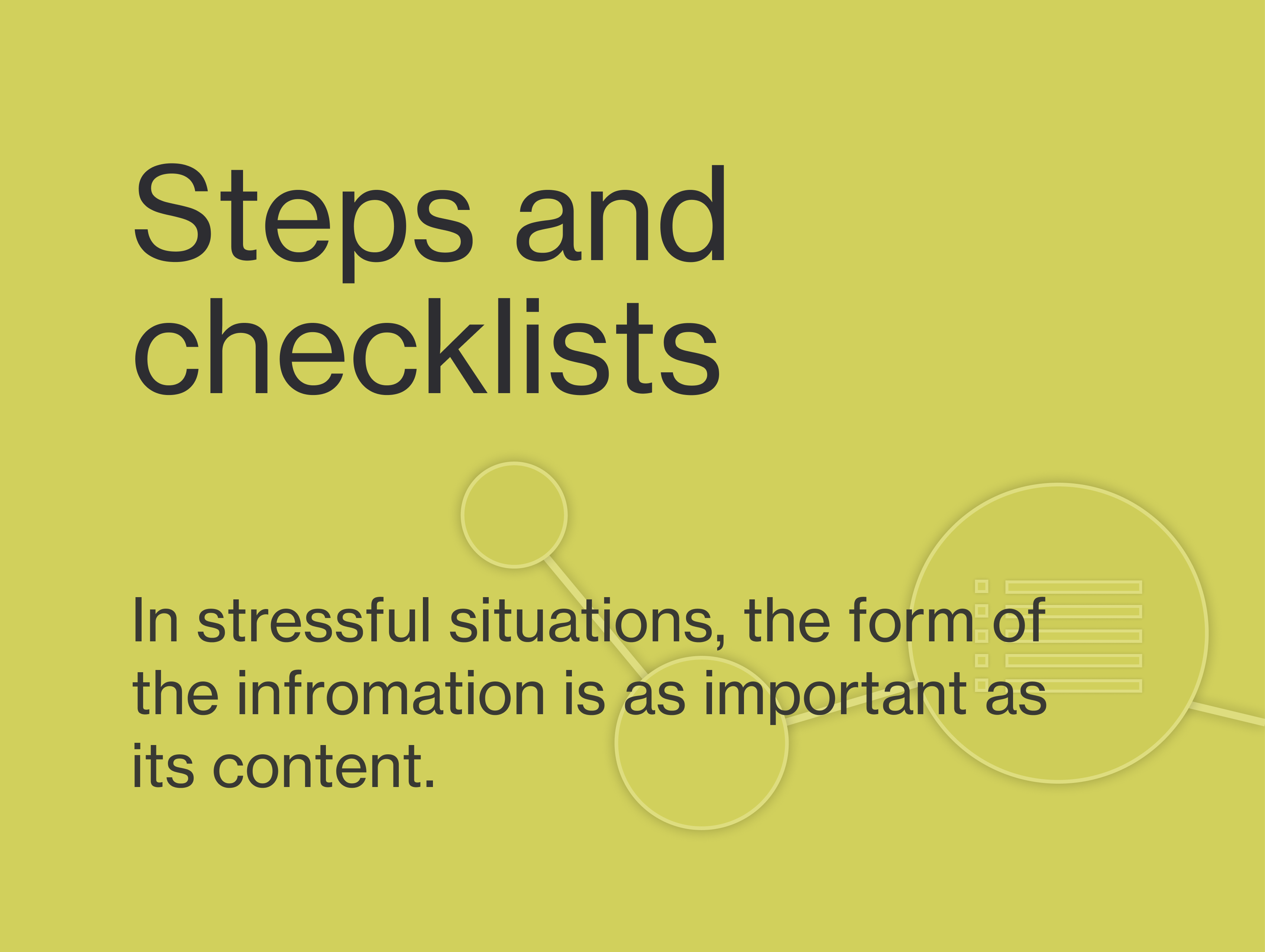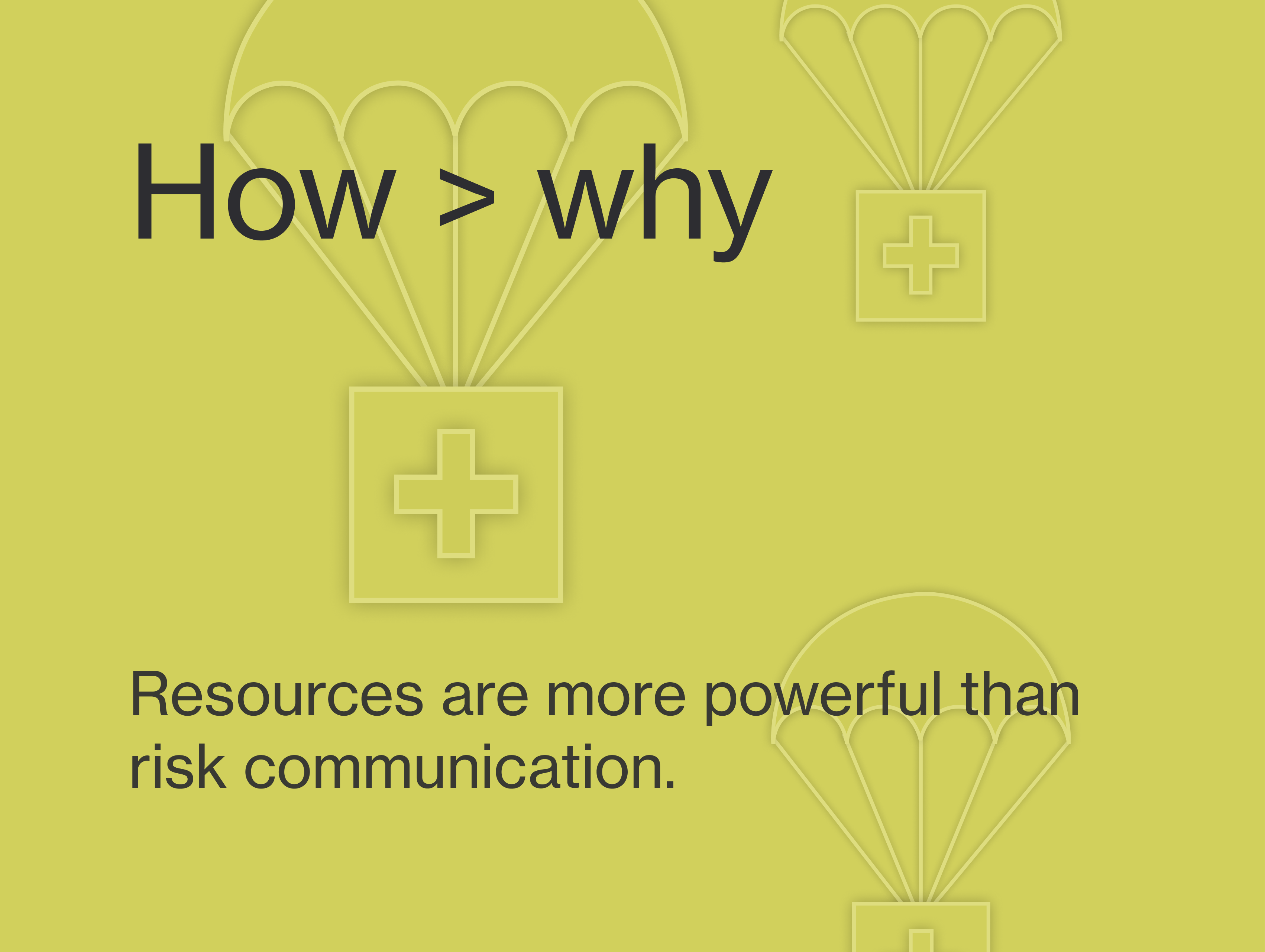Leveraging existing structures
Support spontaneous volunteers
Most interventions and rescues actually come from Samaritans in the aftermaths of disasters. People organize through social media or just go out to help their neighbours. It’s important to be aware that emergency responders are only a part of the equation. Tools can incorporate ways for people to help one another and give extra structure to spontaneous organizations of volunteers.
Examples
______
Encourage community volunteers
Recruiting & coordinating community volunteers through social media and a communication tool.
Supporting research
______
“You and your neighbors can help each other more in a crisis than the government.
Policy makers often find it easier to fund more tangible disaster-prep assets — another fire truck, more robust levees, an emergency coordinating office.
And yet neighbors helping neighbors accounts for 80 percent of rescues during an emergency, according to Daniel Neely, community resilience manager of the Wellington Region Emergency Management Office (WREMO) in New Zealand.
Devon Van Houten Maldonado “The secret to surviving a disaster could start next door”, 2016
Policy makers often find it easier to fund more tangible disaster-prep assets — another fire truck, more robust levees, an emergency coordinating office.
And yet neighbors helping neighbors accounts for 80 percent of rescues during an emergency, according to Daniel Neely, community resilience manager of the Wellington Region Emergency Management Office (WREMO) in New Zealand.
Devon Van Houten Maldonado “The secret to surviving a disaster could start next door”, 2016
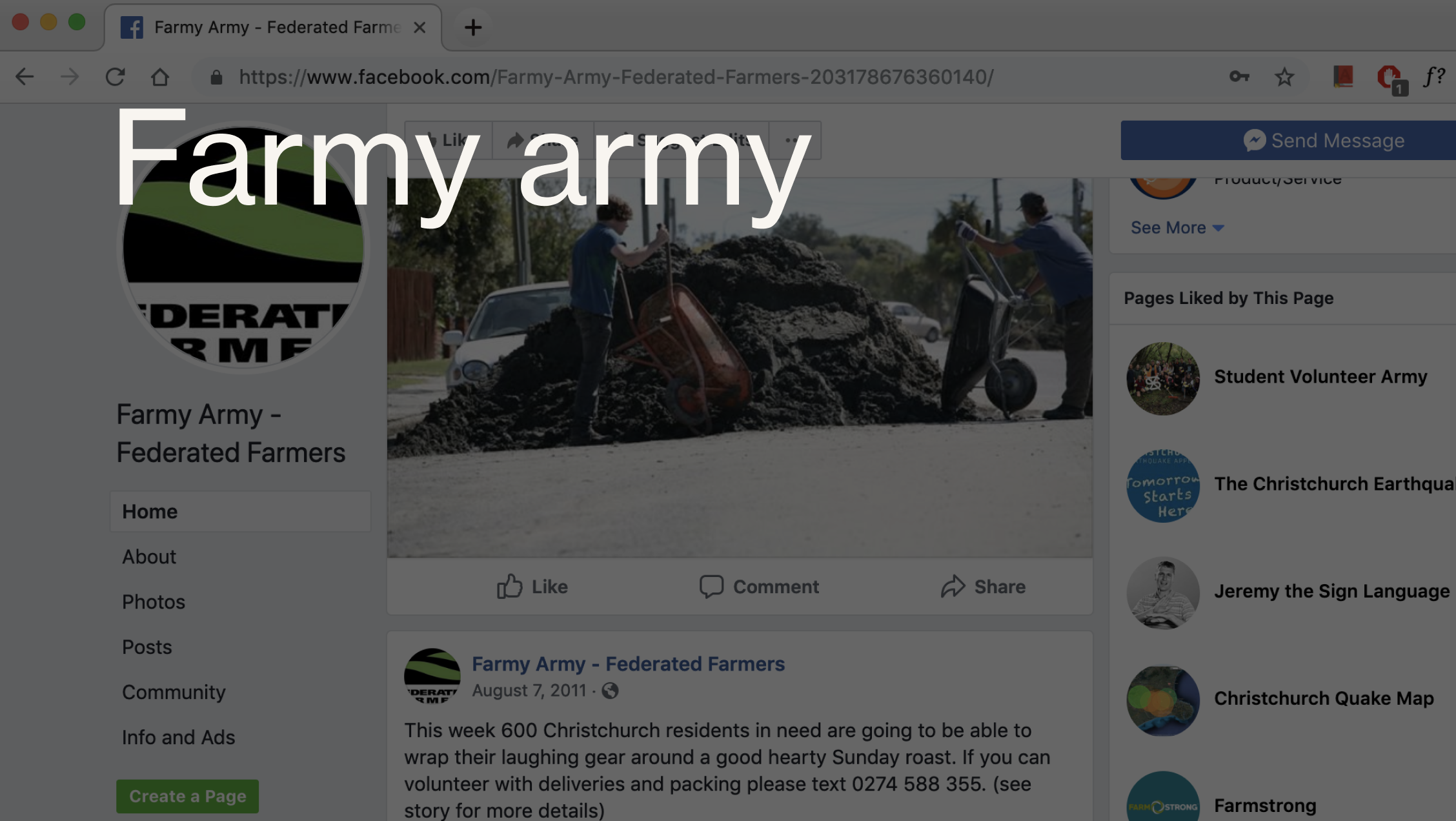
The Farm Army is a New Zealand collective of over 7500 farmers which spontaneously gathered to volunteer to help rural communities affected by the Christchurch earthquake in 2011. These efforts were often coordinated through their Facebook group page.
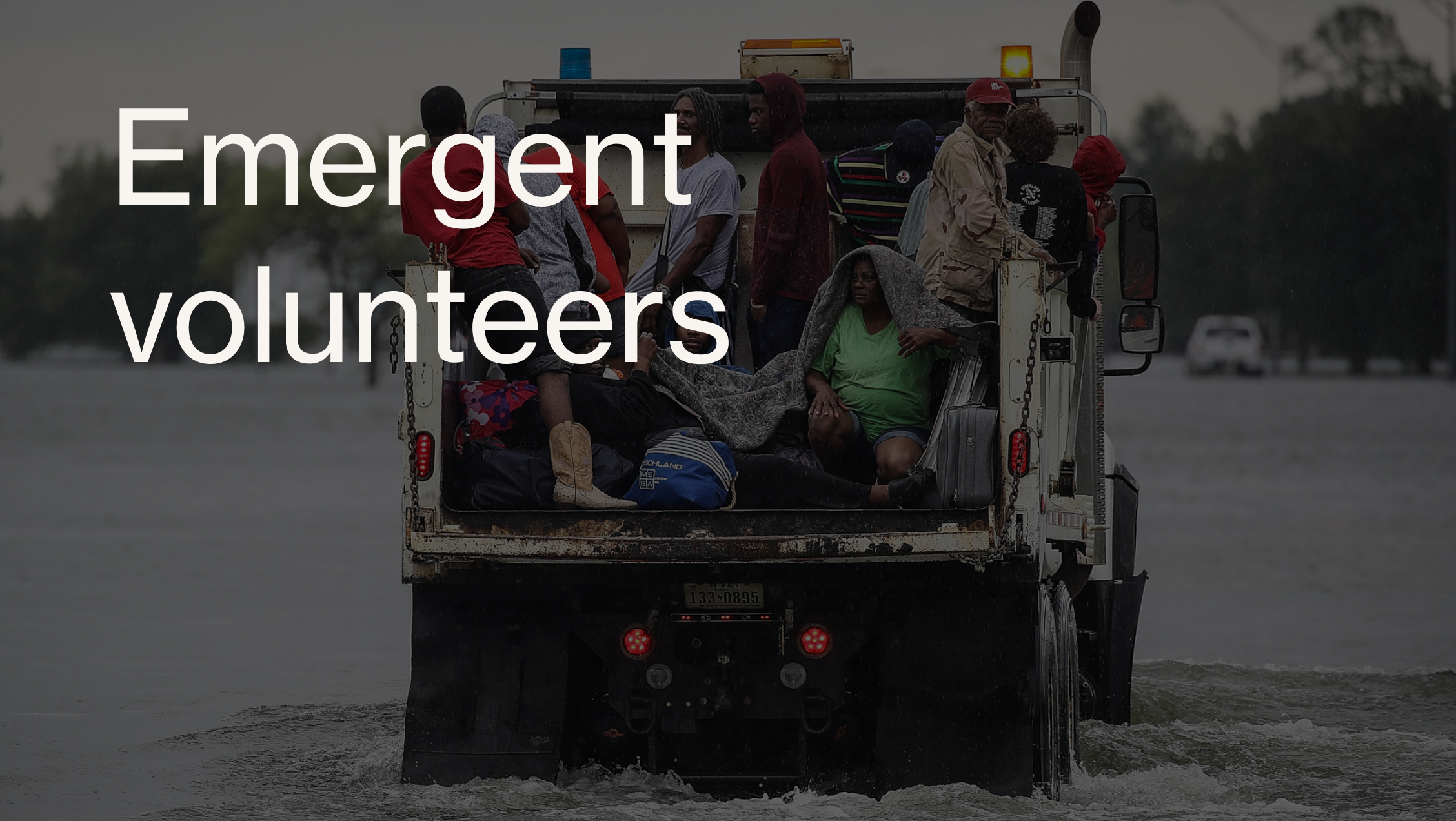
“Spontaneous responses by self-organizing, “emergent” voluntary groups and individuals are a common feature of urban disasters. Their activities include search and rescue, transporting and distributing relief supplies, and providing food and drink to victims and emergency workers. However, informal actors are rarely incorporated into formal disaster and humanitarian planning.”
“Emergent groups and spontaneous volunteers in urban disaster response” by John Twigg & Irina Mosel, 2017
“Emergent groups and spontaneous volunteers in urban disaster response” by John Twigg & Irina Mosel, 2017
